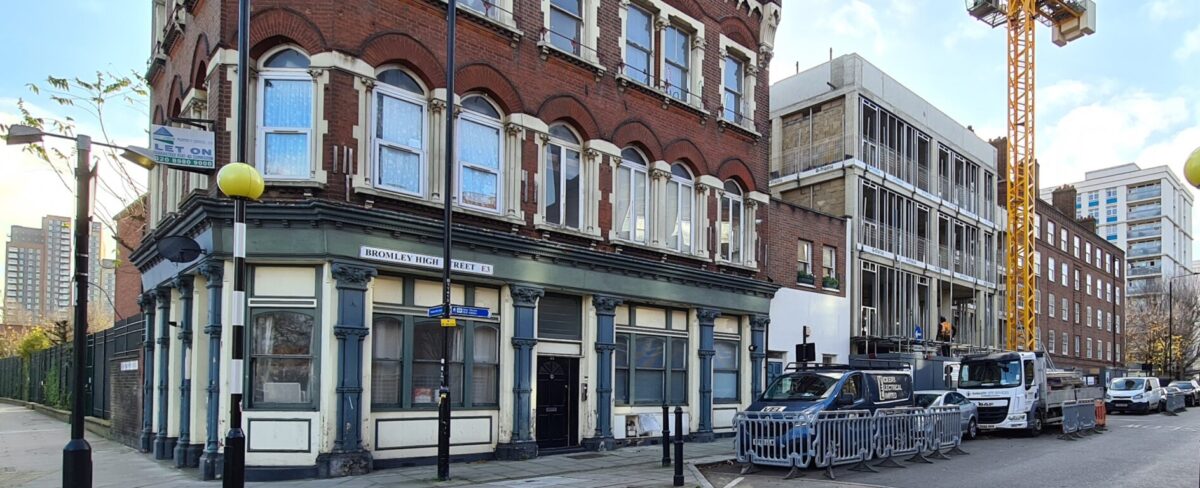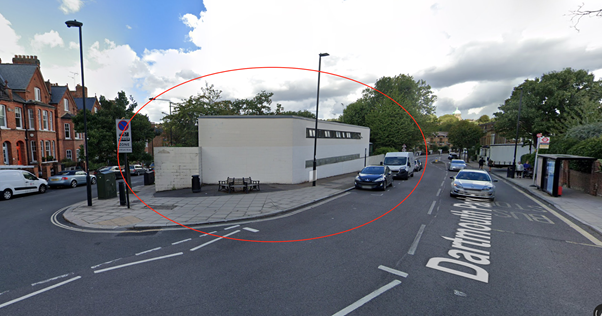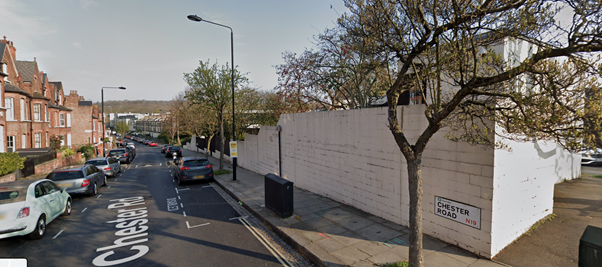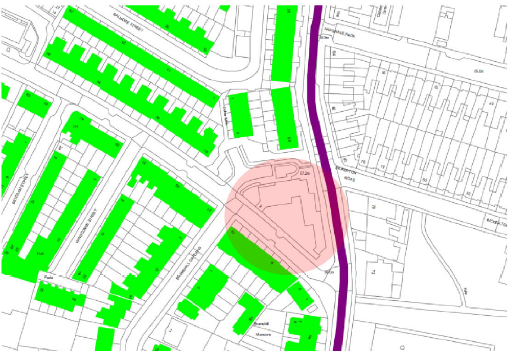Imagine the transition from childhood to adulthood as a ladder. At each point you reach out there are rungs of opportunity – housing, education, hobbies, employment, training, qualifications.
Imagine there are people at the top and bottom of the ladder – parents, family, teachers, friends, tutors, mentors, youth workers – helping you navigate the rungs, keeping you on track and encouraging you when you struggle. If you fall, there is a harness of state support to catch you.
Now imagine that these rungs of opportunity keep disappearing from your grasp and you face discrimination at every turn. Imagine that the people you relied on to help you keep leaving, or perhaps were never there in the first place.
The harness has broken; suddenly all you have is yourself and a ladder with no rungs.
This is the situation which many of our young people who are experiencing homeless find themselves in when they come to New Horizon Youth Centre.
Young people come to us looking for housing support to restore a desperately needed rung on their ladder (a step onto the housing ladder, you might say), but they stay to climb further into employment, education, and training. They stay to build their support networks of people who don’t give up on them.
But how do we make sure that young people never face those challenges in the first place? When 136,000 young people experiencing homelessness are turning to their councils each year, it shows us that way too many young people have broken ladders.
So, fixing this must be fast, radical, and really work. That is why over 130 charities across the UK are campaigning for a cross-departmental Government strategy to end youth homelessness: a #PlanForThe136k.
This collective knows what works when ending youth homelessness and they know how to help young people safely climb to the top. But to ensure no-one ever faces a broken ladder again, we need the Government to step up and make young people a priority.
Here are a couple of evidence-based solutions that could end youth homelessness for good:
Removing financial discrimination
When trying to climb up to decent employment and housing, young people find themselves entitled to a lower minimum wage, they receive less Universal Credit and are only eligible for shared housing allowance (which is less than what over 35s get).
We must stop assuming that all young people have a ‘bank of mum and dad’ to act as a harness, or that living in shared houses is safe and suitable for all.
When a young person becomes homeless due to financial pressures, such as we are currently facing in the cost-of-living crisis, they are not a priority in the Homelessness Reduction Act. So, their age means they are often blocked from getting homelessness support by local authorities. But with the existing discrimination to wages and housing benefits, it also means they can’t afford to live independently in their own homes.
We have to end financial discrimination and give young people fair wages, fair benefits and access decent financial support when they need it.
Creating the housing young people need
Let’s focus on creating the sort of housing that young people can benefit from. Because councils are so stretched, young people are usually not priority need for social housing, or even temporary accommodation. And on the rare occasion they are placed in temporary accommodation, it can be totally unsuitable.
Instead, charities are helping to fill some of this gap. They show how public, private, and voluntary sector partnerships can provide suitable, secure accommodation for young people that sustainably solves their homelessness.
We need these projects to be scaled up massively and available for all young people who are experiencing or at risk of homelessness.
An example is St Basils who run a Live & Work Model accommodation project in the West Midlands for young people, to ensure they can safely climb up their ladder with rungs of housing and employment.
It looks like this:
- St Basil’s Live & Work accommodation offers young people aged 18-25 the opportunity to access high-quality, low-cost stepping stone accommodation, which enables them to live and work, without the complexities of navigating the benefit system, for a settled period to save and extend their choice of next step accommodation.
- Phase 1 which opened in 2015 comprised student style furnished flats at rents reduced to a level that enabled young apprentices to pay their rent and energy costs through their earned income. Since then, over 170 young people have lived in the scheme, all working and moving on when they have saved. None have claimed housing benefit.
- Phase 2 has just finished providing a further 54 studio apartments for young workers at deflated rents.
- The Live & Work accommodation is supportive rather than supported accommodation but St Basil’s on-site bespoke housing management staff will be on hand to provide guidance and to help them sustain their home.
“From St Basil’s perspective, the scheme extended our options for young people without family support, enabling them to benefit from similar opportunities to their contemporaries, who do have such support.
“In Phase 1, the young people were all overcoming difficult starts, some with multiple needs and all with the trauma of the underlying issues which lead to homelessness. None have returned as homeless.” St Basil’s CEO Jean Templeton.
This is just one example that shows that by making sure young people having living rents and living wages, we can help them safely climb their ladders.
Our campaign
Ending financial discrimination and expanding St Basil’s Live & Work model for housing are a couple of the vital solutions recommended by our campaign, #PlanForThe136k.
Our evidence-based strategy for ending youth homelessness is organised into three areas: prevention, housing and finance.
We are calling on political parties to adopt our strategy before the general election, so that the next Government is committed to making ending youth homelessness a priority.
You can get involved by signing and sharing our parliamentary petition calling for a cross-departmental strategy to end youth homelessness:
You can get involved by spreading awareness about the campaign and calling for the solutions within your party, with your colleagues in local councils and with your MP.
We can make it easier for young people to climb between childhood and adulthood. We can give them the support they need to thrive. We can prevent 136,000 young people becoming homeless. But we just need political will to do so.
Editor’s note: Anybody interested in this campaign can get in touch with Phil at [email protected]



















